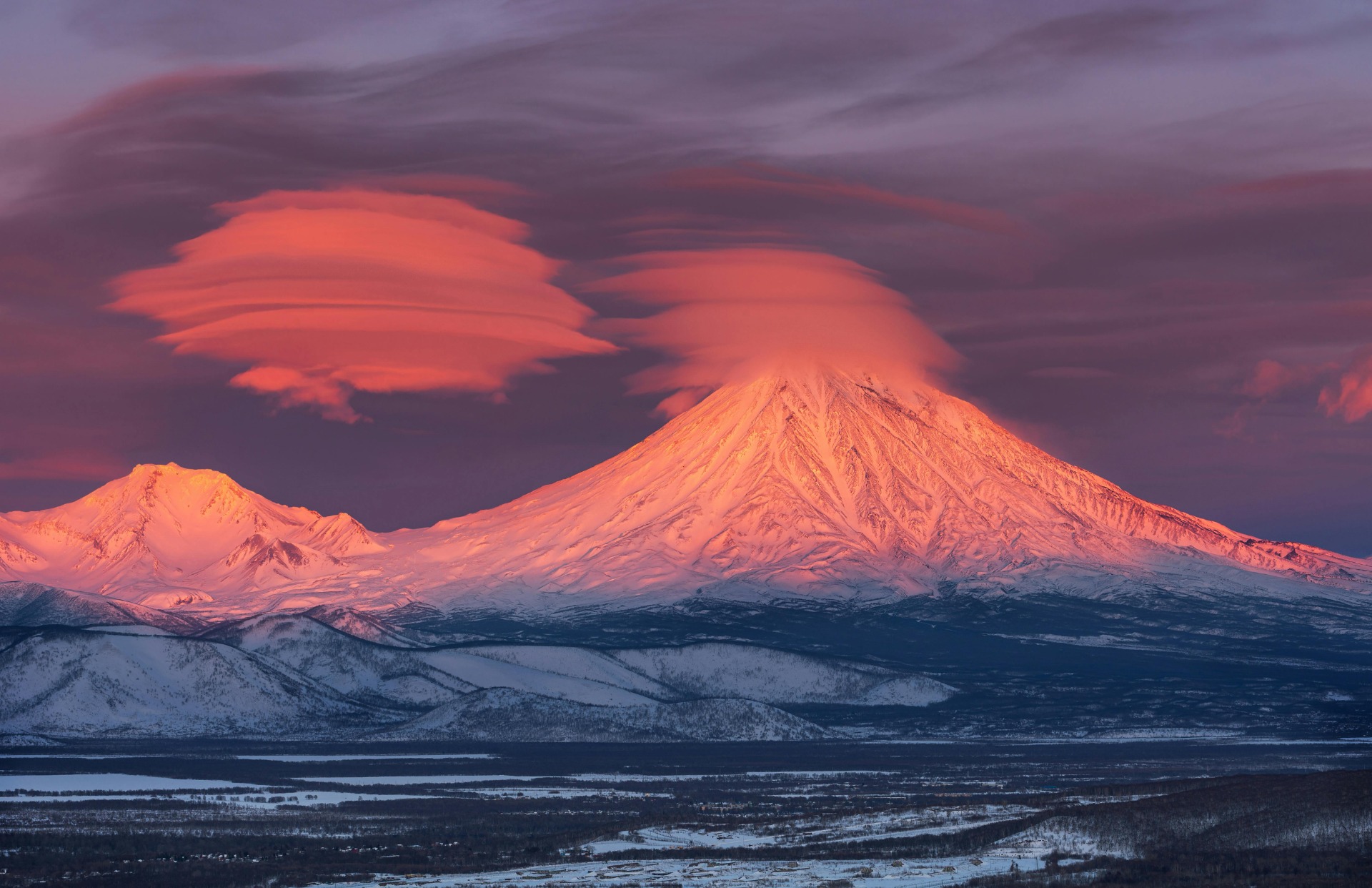
Wild Kamchatka: volcanoes, earthquakes and geysers in the Ring of Fire
In the far east of the vast Eurasia lies a wild and breathtaking peninsula: Kamchatka, a chunk of land that stretches into the sea like the head of a dragon. Cold, inhospitable conditions and the forces of nature make human habitation difficult. But nature shines all the more brightly with its volcanoes, geysers and wilderness. The world's largest earthquakes occur here, such as the one on 29 July 2025. With a magnitude of 8.8, this mega-quake sent a tsunami across the Pacific. On Kamchatka, a string of volcanoes were jolted awake. The dragon breathes fire.
By Kathelijne Bonne. Support GondwanaTalks with a one-off or recurring donation.
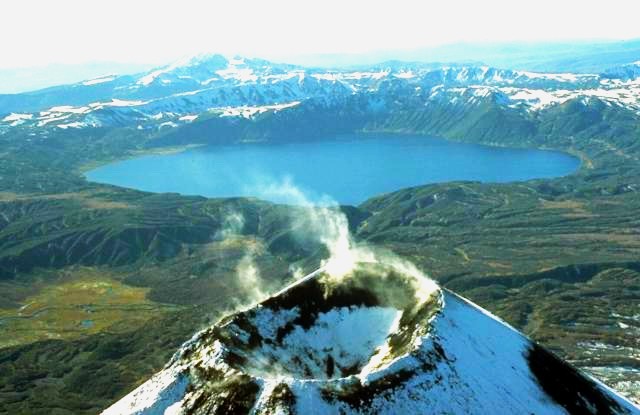
I was at the other end of Eurasia, on the North Sea in De Panne (Belgium) when I heard the news of the earthquake in Russia of 29 July 2025 and of the tsunami alarm bells that went off on Pacific coasts. This was one of the ten strongest earthquakes ever measured.
Next day, when I sat there on a Belgian beach, weather was totally windless. Yet the surf was choppy with high frothy waves. Had tsunami ripples rolled in via the Arctic Ocean or Cape Horn all the way to the shallow sea between Dover and Dunkirk?
If AI is to be believed, that is virtually impossible (although it is worth some real human investigation). The waves were probably swells from a storm beyond the horizon. The tsunami probably did not spread across the global ocean. But seismic waves of the earthquake did, and were measured in all seismic stations including in Belgium.
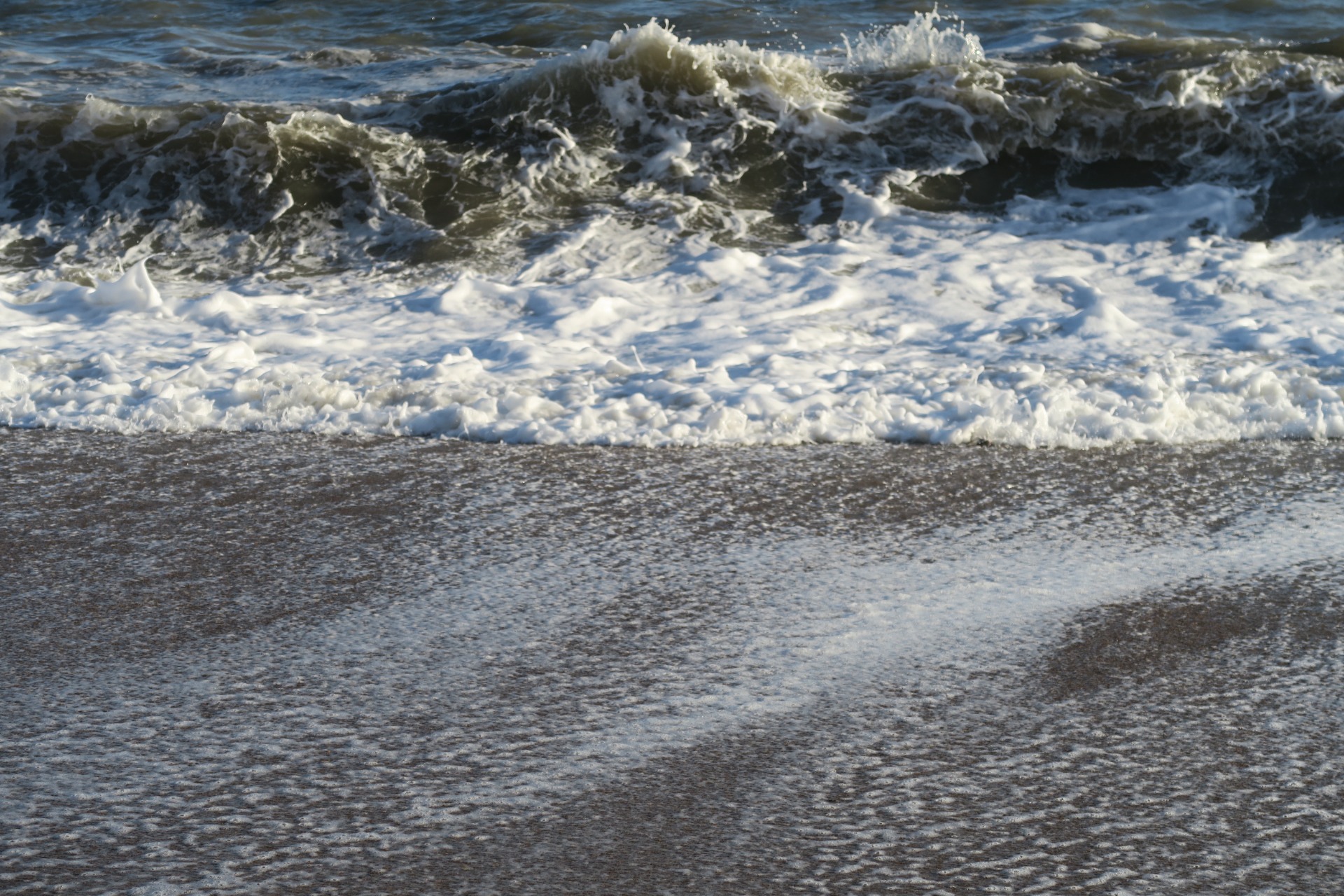
Russia tsunami: damage?
Large seaquakes trigger tsunamis, but they are not always catastrophic. The strength of a tsunami depends on the depth of the epicentre, how much the seafloor springs up, the morphology and roughness of the seabed and the geography of the coastline. It also helps if the nearby coastlines are not densely built up.
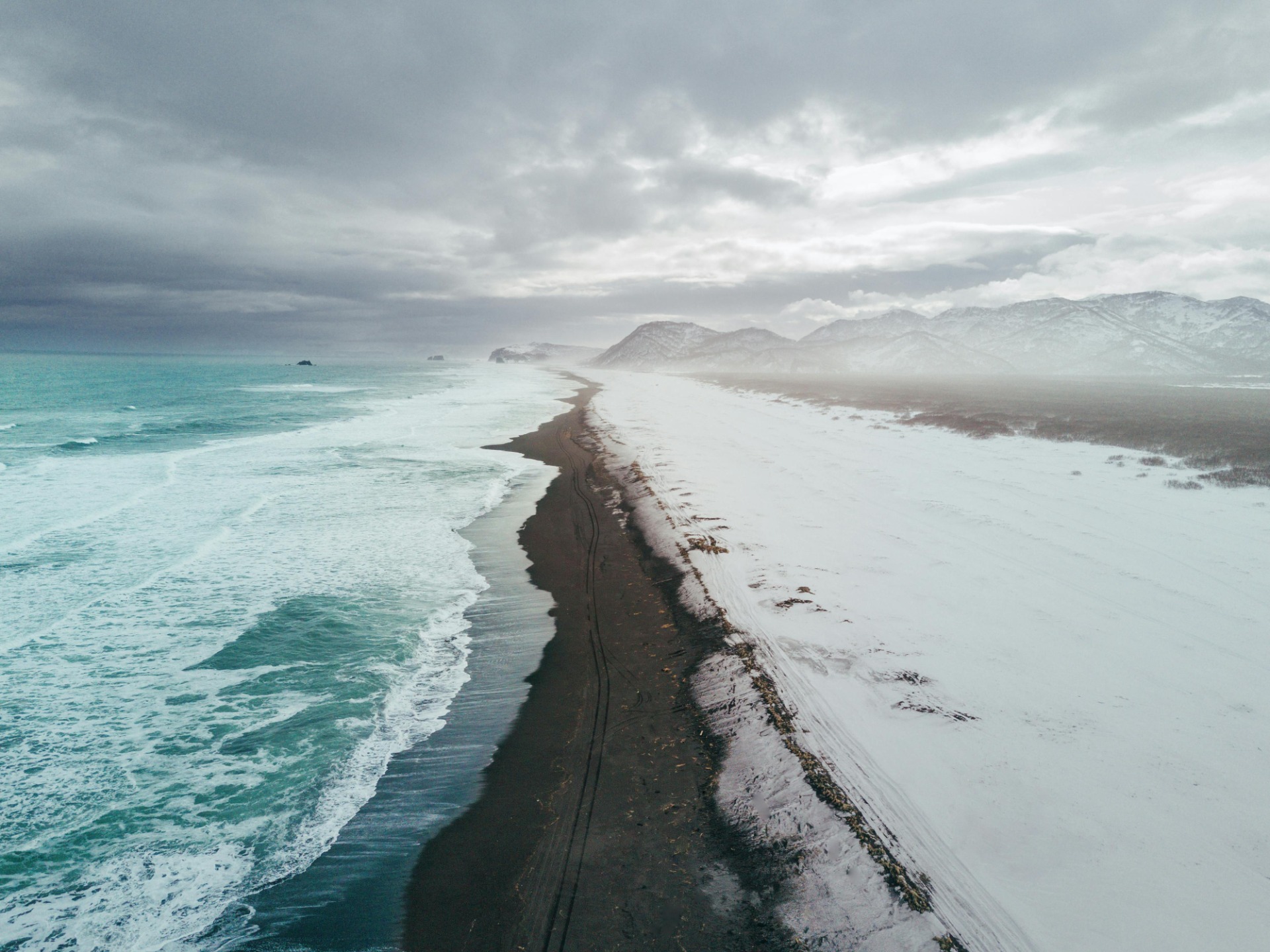
The Kamchatka tsunami did not have the right ingredients to cause epic destruction. There were no scenarios like Thailand (2004) or Japan (2011). However, there was local damage. Whales washed ashore, aquifers were flooded with salt water, and steep coasts collapsed and became unstable.
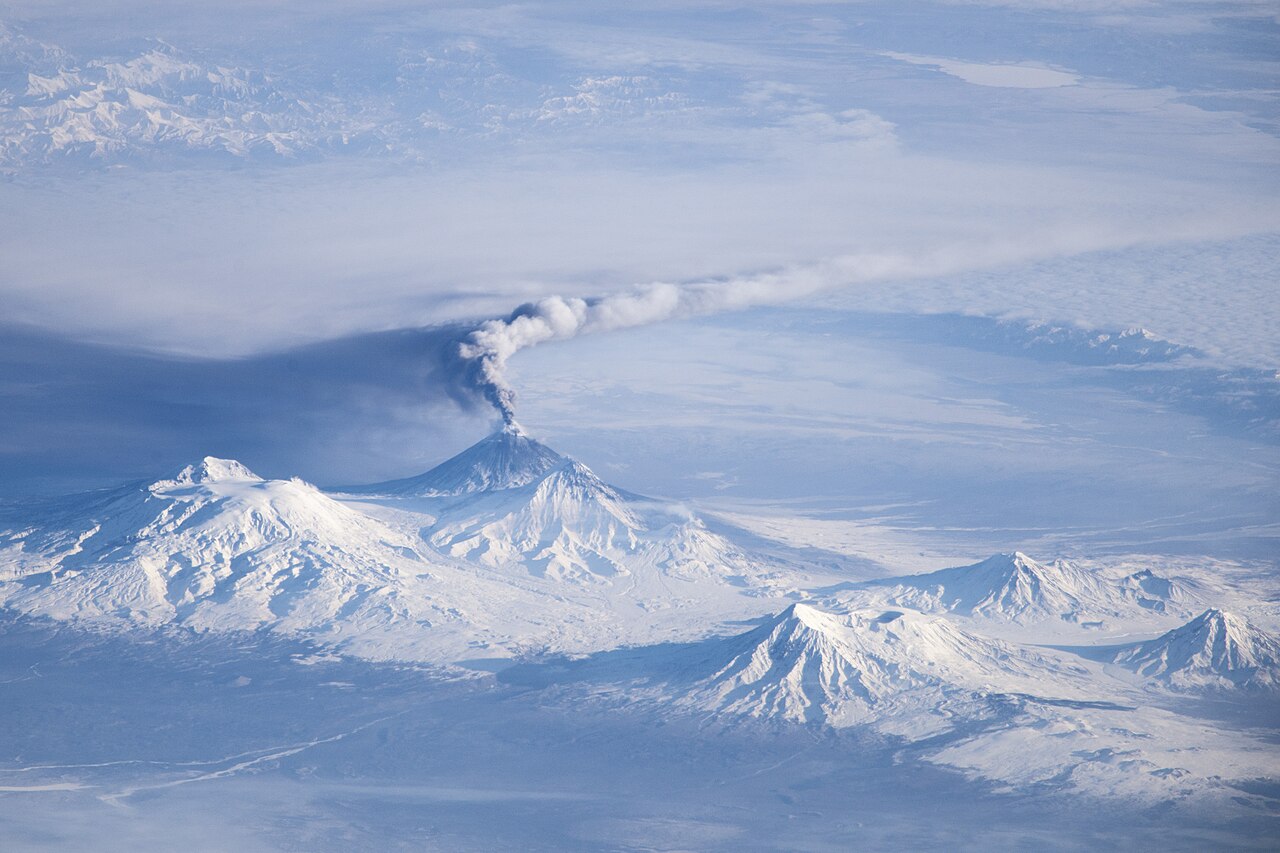
Japan and Alaska
The earthquake itself struck in the oceanic trench that runs parallel to Kamchatka: the Kuril-Kamchatka Trench. This is the place in the Ring of Fire where the Pacific Plate plunges beneath the adjacent plates (i.e. the Okhotsk Block and the North American Plate).
The Ring of Fire continues northeast to Alaska, via the Aleutian Islands. To the south, Kamchatka is connected to Japan via the Kuril Islands. These islands were important migration routes for humans and animals, and are strategic geopolitical locations. Which superpowers they belong to, and according to whom, is being disagreed about. But the volcanoes are not losing any sleep over it.
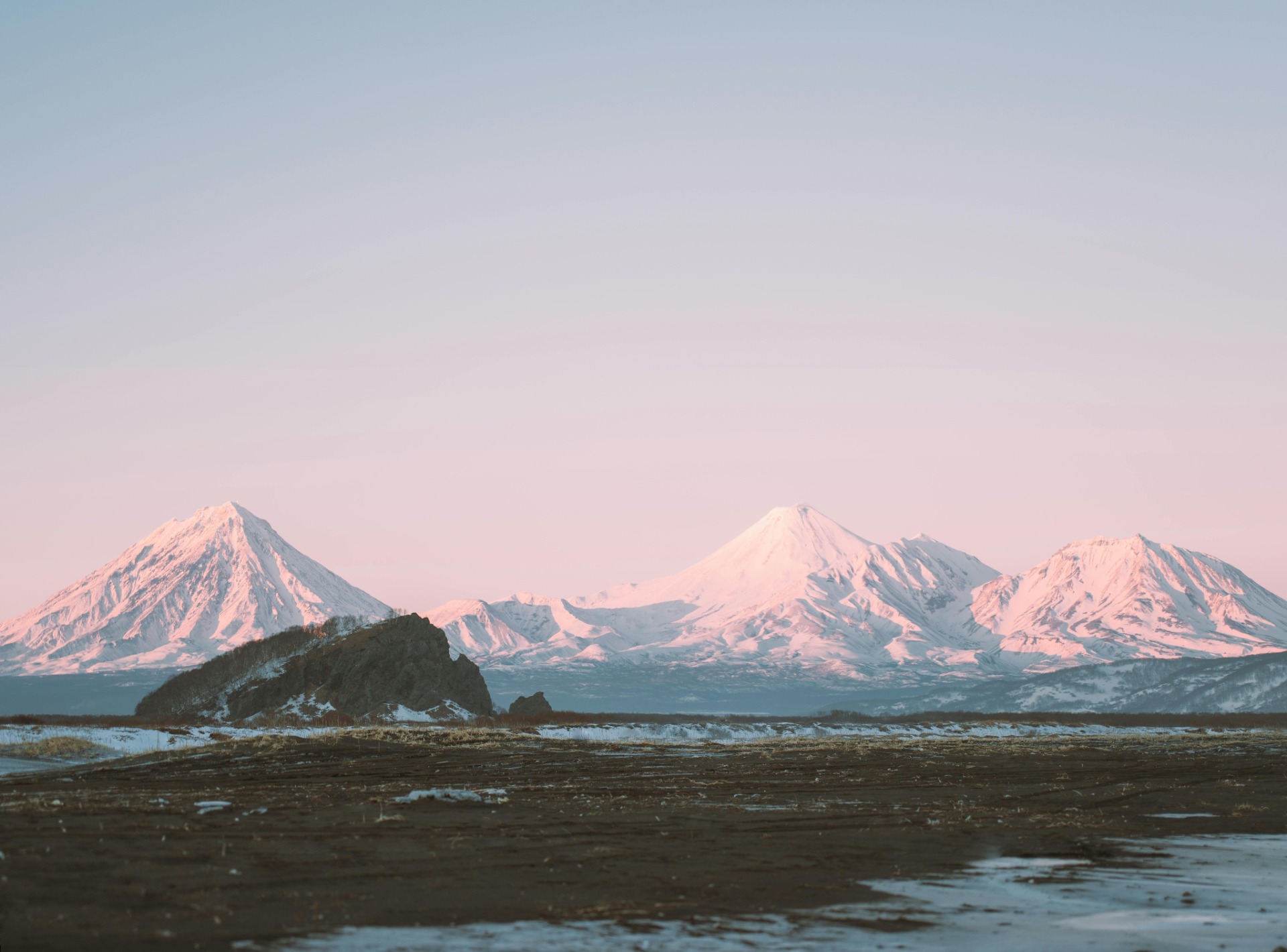
Kamchatka volcanoes erupt
A string of large volcanoes lines the horizon of Kamchatka. Their names are fun to pronounce: Klyuchevskoy, Bezymianny, Krasheninnikov and Kronotsky are just a few of the thirty or so active volcanoes and more than a hundred dormant ones. Some are among the biggest and most impressive on the continent.
After the July 2025 earthquake and tsunami in Kamchatka, not one but several volcanoes started showing signs of restlessness. Whether there is a direct link, and whether earthquakes cause eruptions, has been suggested, but has not really been proven. However, there is no reason why earthquakes cannot alter pressure in magma chambers. Perhaps the earthquake of 29 July did play a role after all in what followed.
The day after the quake, while the Pacific was still frothy from the tsunami, Klyuchevskoy erupted. At 4,754 meters it is the highest active volcano in Eurasia. Height-wise, it only stands in the shadow of inactive Ararat in the Armenian Highlands. Klyuchevskoy erupts several times a decade. On 3 August, Krasheninnikov followed, after at least half a millennium of inactivity. A total of 7 volcanoes became active since the earthquake. Such a show has not been seen in the last 300 years.
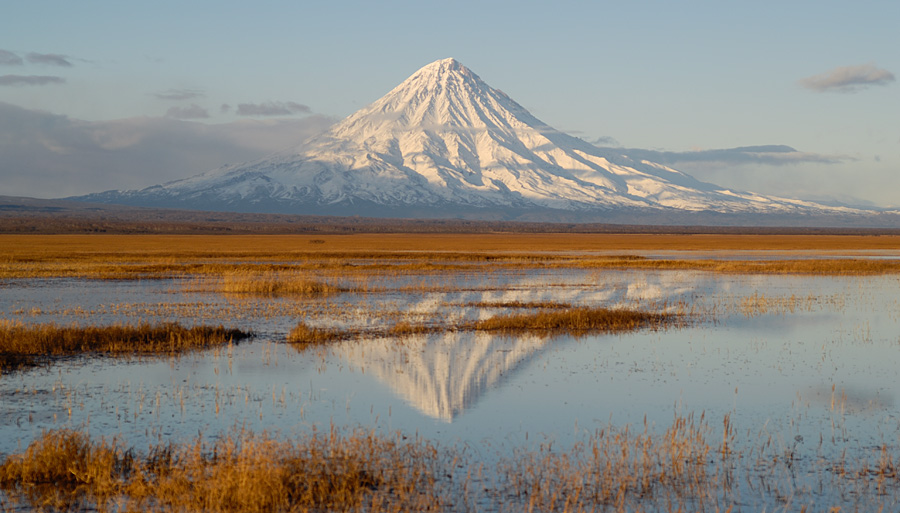
Geology paradise
For nature lovers Kamchatka is a geological paradise with its glaciers, crater lakes and geysers. Like Iceland, it is a strange land of fire, ice and unusual life. And just like on the West Coast of North America, where Mount St. Helens erupted 45 years ago, the rivers teem with salmon. The fish are followed by bears during their annual migration. And indigenous peoples who first entered this remote area after the Ice Age also thrived in this rich, rugged land, until the Russians conquered it.
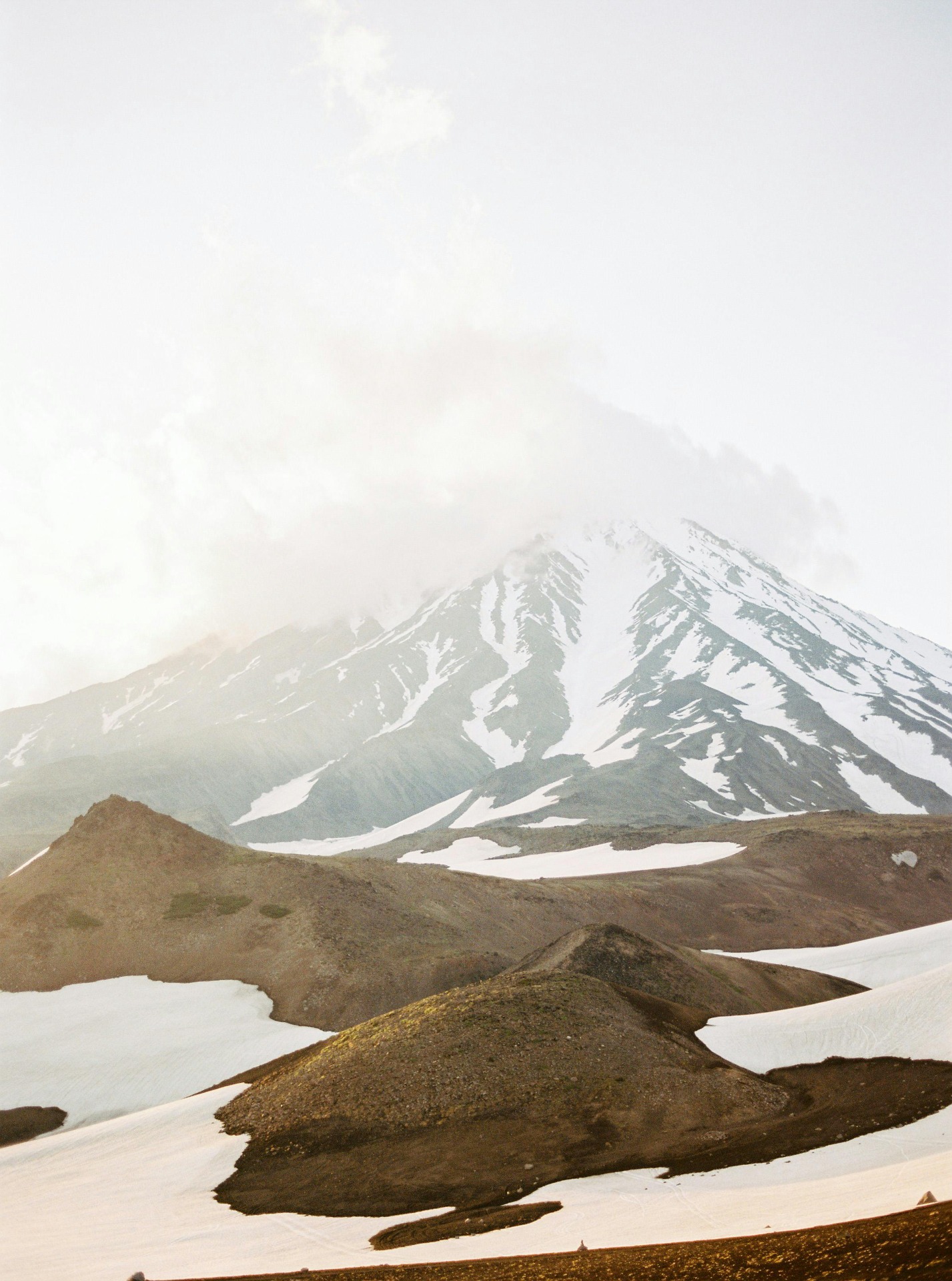
Valley of Geysers and geologist Tatyana's ashes
The unearthly Valley of Geysers was (re)discovered in 1941 by Soviet geologist Tatyana Ustinova and has become a nature reserve. The combination of volcanism, ice and water creates a bizarre, almost otherworldly landscape, a breeding ground for extremophiles and hardy organisms. Geologist Tatyana loved this landscape. She died in Vancouver in 2009 but wanted her ashes be returned to the geysers.
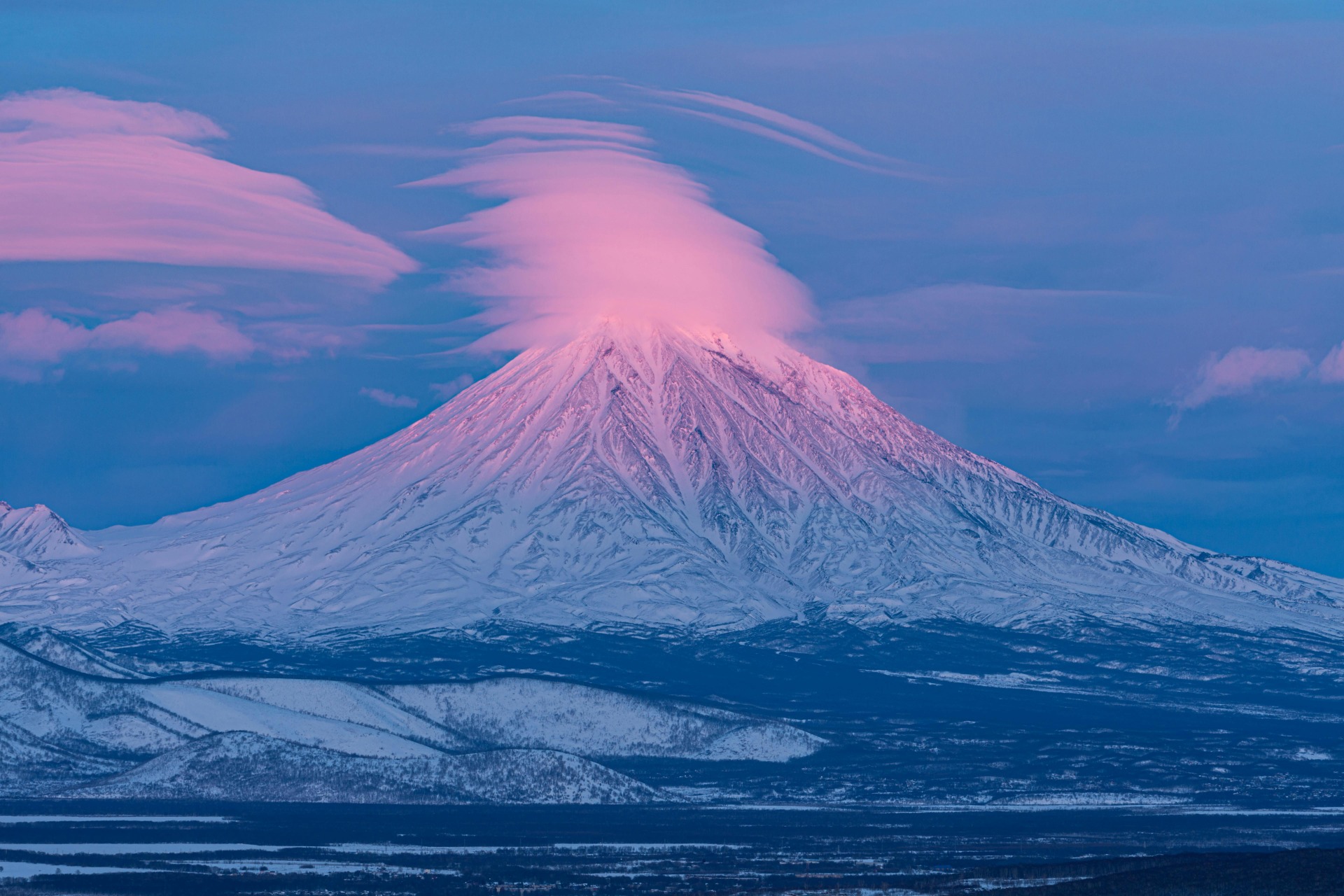
Andosols: volcanic ash soils
Geology and climate leave their mark on the soils that develop. On volcanic ashes in wet climates Andosols form. "An-do" is Japanese for "dark soil." Globally, Andosols occupy only 2% of all soil, but in places like Japan, Iceland, and Kamchatka, they are ubiquitous, forming a patchwork of fertile soil.
Andosols are special because they contain volcanic glass, which is unstable and weathers into mineral substances with unique properties. This helps Andosols to fix carbon from the atmosphere, while they also retain a lot of water and are rich in nutrients.
The dragon is not always bad. But it's never completely quiet.
End of Hawaii?
The tectonic plates let off some steam since the earthquake on July 29th, but new tensions are already building. This is, after all, one of the most active geo-zones on our planet and the caterpillar tracks of the Earth do not stand still. The Pacific Plate is subducting beneath the Ring of Fire, and everything on that plate has a common fate: to be subducted and consumed in our planet's digestive tract. The Hawaiian-Emperor chain, the wonderful island string of subaerial and submarine volcanoes, is also being slowly pulled northward by the diving Pacific plate. In a faraway future, tropical paradise Hawaii will approach Kamchatka and the cold Aleutian Islands. Eventually the islands, which will have lost all tropicalness, will sink in the oceanic trench. The dragon will then breathe fire again.

-------
Read more about the volcanoes of Europe, including our giant watchtowers Teide, Ararat, and Jan Mayen. Or about the volcanic island of Fuerteventura, which is so different from Kamchatka and has a different soil repertoire. The article about Puglia in Italy and the vanished continent Adria also discusses a crucial part of Eurasian plate tectonics. Moreover, few things can match Turkey for earthquakes at deadly triple junctions, or Tonga for recent big eruptions.

Kathelijne: I am intrigued by how earth, life, air, ocean and societies interact on geological and human timescales.
Why I started GondwanaTalks.
An immense effort is poured into GondwanaTalks.
Are my articles somehow meaningful to you? Support my work so I can keep GondwanaTalks afloat. Your contribution makes an ultra-Plinian difference. Make a one-off or recurring donation and become a:
Stromboli Strategist
(€2/month)
Tambora Trailblazer
(€4/month)
Vesuvian Visionary
(€7/month)
Already donating? Thank you so much!
-----
Recent posts:
South Africa rises due to extreme drought
Tribute to Richard Fortey and his trilobites
Asbestos: Geology of a sinister mineral
Do you like this article? Subscribe to the short newsletter every couple of weeks, free of heavy files and irritating gifs.
Sources
Karymsky and Akademia Nauk volcanoes: Public Domain, https://commons.wikimedia.org/w/index.php?curid=2760891
Klyuchevskoy in Kamchatka. Eruption in 2013. The eruption of 16 November 2013. Ushkovsky, Tolbachik, Zimina, Udina, and Bezymianny are also visible. ISS Expedition 38 crew - https://earthobservatory.nasa.gov/IOTD/view.php?id=82471
Kronotsky volcano. en.wikipedia.org/wiki/Kronotsky#/media/File:Kronotsky_volcano.jpg
russia earthquake, kamchatka earthquake, kamchatka volcano, kamchatka eruption, kamchatka tsunami, volcanoes of kamchatka, wild kamchatka
